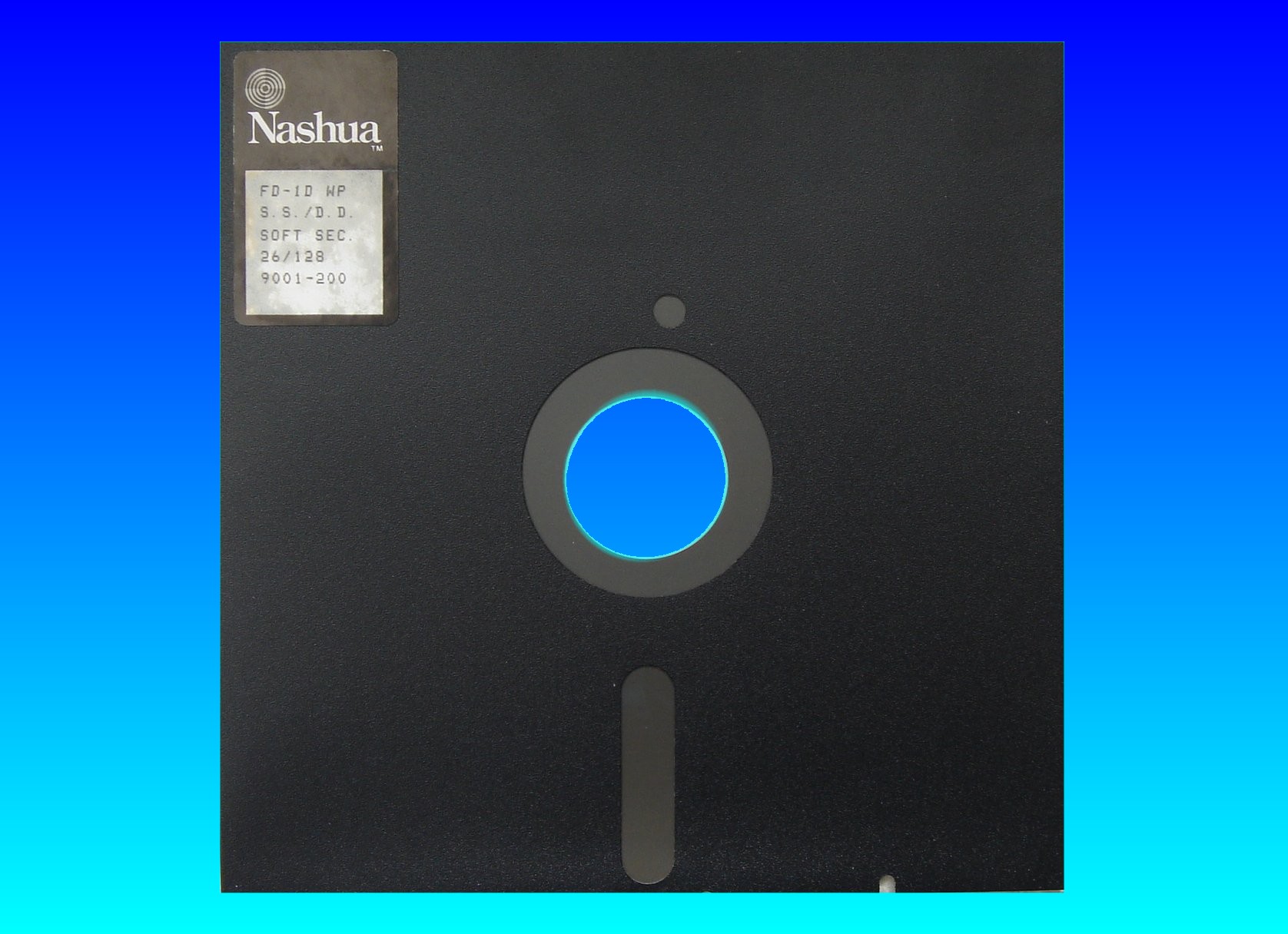
Make sure that the partition name you want to auto-mount have the same name by comparing the partitions in disk manager with the open partition window which you opened previously, by looking at the name of device at the top-left part of file manager (opened earlier), and looking the same name of drive or partition in the disks manager at the Contents field of the chosen partition in disks manager. Now highlight the partition by clicking it, IMPORTANT (don't set mount on start-up for all partitions as it slows down the system). You will see HDD's listed on the left pane and details of partitions on the right pane for each HDD you have. Go to your desktop Ubuntu search and type disks, you'll see disks shown in results.Ĭlick on disks and disks manager will start. Open file manager and look left side on the devices listed.Ĭhoose the device you want to auto-mount on start-up by just clicking it and you will see the folders in the right pane shown for that device (partition), keep this window open. In Ubuntu follow these steps to auto-mount your partition: (Note that specifying the sync option can slow down write performance as it disables the cache. Use id -u to get the userid and id -g to get the groupid. = /home/data/ # create this before rebooting.NTFS UUID= ntfs uid=,gid=,umask=0022,sync,auto,rw 0 0 Use lsblk -o NAME,FSTYPE,UUID to find out the UUIDs and filesystems of the partition you want to mount. Mkdir /my/path/tomount # to quote : "you must create the mount point before you mount the partition." see Sudo nano /etc/fstab - Copy the following line to the end of the file, save it and reboot afterwards to check if it worked.

Sudo blkid - Note the UUID of the partition you want to automount. If you do not have one, use the GUI method instead. If something happens, you will need a bootable (live) usb.

sudo cp /etc/fstab /etc/fstab.old - Create a backup of the fstab file just in case something unwanted happens. If you are okay with this, fire up a terminal. Terminal Method for experienced users only.


 0 kommentar(er)
0 kommentar(er)
